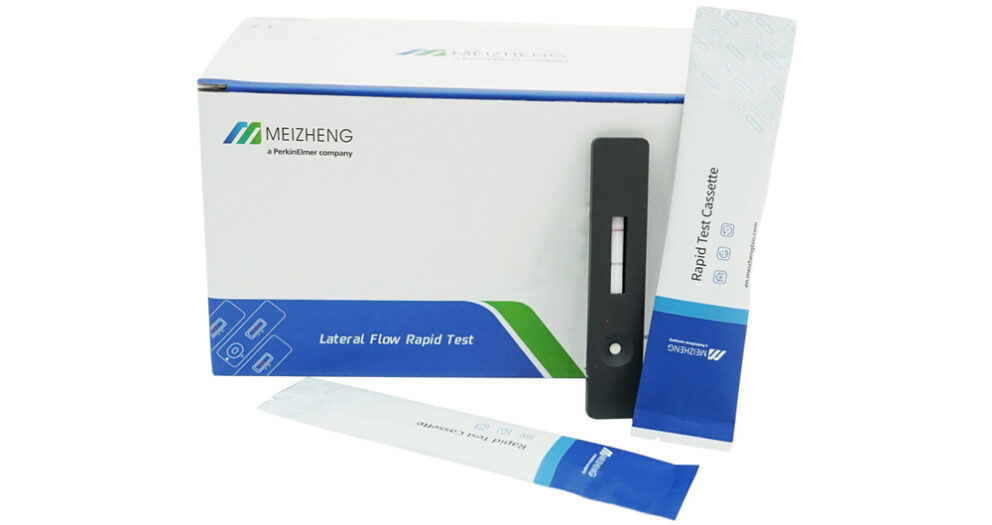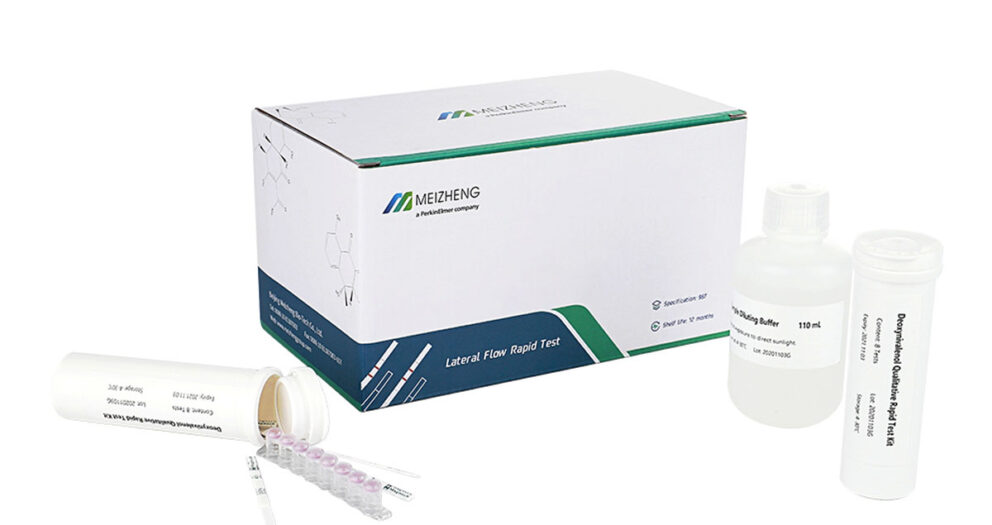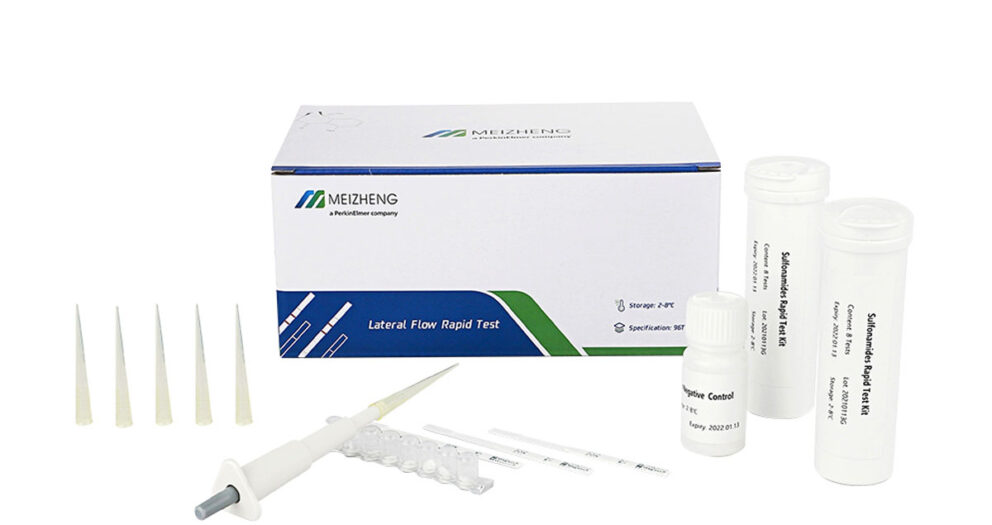Coliforms, which do not represent one or a genus of bacteria, but refer to a group of bacteria with certain properties that are associated with fecal contamination.
Coliforms are derived directly or indirectly from the feces of humans and warm-blooded animals. The coliform bacteria in general food exceeds the standard, indicating that the food is contaminated with feces of warm-blooded animals. Among them, typical Escherichia coli is the recent contamination of feces, and other bacteria may be old contamination of feces.
Eating foods with excessive coliform bacteria may lead to intestinal infections, food poisoning, etc.
Molds, a common name for filamentous fungi, meaning “mold fungi”, tend to form a branched mycelium, but do not produce large fruiting bodies like mushrooms. In moist and warm places, there are some visible fluffy, flocculent or cobweb-like colonies growing on many items, that is, mold.
Mold is ubiquitous in our life. It prefers a warm and humid environment. Once there is a suitable environment, it will multiply a lot. It is necessary to adopt methods to prevent the reproduction of mold or block its transmission path, so that the mold can be disjointed. pollute.
The main toxicity of mycotoxins to humans is manifested in neurological and endocrine disorders, immunosuppression, carcinogenic teratogenicity, liver and kidney damage, and reproductive impairment.
Yeast
Yeasts are unicellular fungi, not phylogenetically taxonomic units. It is a general term for unicellular fungi of several families such as Ascomycetes and Basidiomycetes. It generally refers to various unicellular fungi that can ferment sugars, and some are pathogenic bacteria.
There is a certain amount of yeast in the air and human body. As long as it is in a suitable environment, it will multiply rapidly. Eating food contaminated with yeast can easily cause food poisoning. Some people with low immunity may also develop yeast infection.
Staphylococcus aureus
Staphylococcus aureus is an important human pathogen, belonging to the genus Staphylococcus. It has the nickname of “meatophilus” and is a representative of Gram-positive bacteria, which can cause many serious infections.
Staphylococcus aureus is ubiquitous in nature and can be found in air, water, dust and human and animal excrement. Therefore, there are many opportunities for food to be contaminated. The U.S. Centers for Disease Control reports that infections caused by Staphylococcus aureus are the second most common, behind Escherichia coli.
Staphylococcus aureus is the most common pathogen in human purulent infection, which can cause some purulent infections, pneumonia, pseudomembranous colitis, pericarditis, etc., and even systemic infections such as sepsis and sepsis.
Salmonella
Salmonella is a common food-borne pathogen. Some Salmonella species are pathogenic to humans, some are only pathogenic to animals, and some are pathogenic to both humans and animals. Salmonellosis is a general term for different forms of human, livestock and wild animals caused by various types of Salmonella.
Food poisoning can occur from the feces of people infected with Salmonella or carriers of the bacteria that contaminate food. According to statistics, among the types of bacterial food poisoning in various countries in the world, food poisoning caused by Salmonella often ranks first.
Salmonella mainly contaminates meat food, fish, poultry, milk and egg food can also be contaminated by this bacteria. Salmonella food poisoning can occur throughout the year, and eating undercooked, dead meat or meat that has been contaminated at other stages after slaughter is the number one cause of Salmonella food poisoning.
The symptoms of food poisoning caused by Salmonella are mainly nausea, vomiting, abdominal pain, headache, chills and diarrhea, etc., and are also accompanied by fatigue, muscle pain, blurred vision, moderate fever, restlessness and lethargy, and ask for 2 to 3 days in a row. , the average fatality rate was 4.1%.
Shigella
Shigella is commonly known as Shigella. Shigella dysenteriae is the causative bacterium that causes typical bacillary dysentery, and can cause disease in a small number of individuals in active populations.
Shigella food poisoning refers to bacterial food poisoning caused by Shigella. The main cause of food poisoning Shigella is Shigella sonnei. It mainly occurs in summer and autumn, and the food that causes poisoning is mainly hot meat products.
Shigella invades intestinal mucosal tissue and releases endotoxins that cause symptoms. The incubation period is generally 10-14h. Symptoms are severe abdominal pain, diarrhea (watery stools that may contain blood and mucus), fever, and tenesmus. Severe cases have convulsions and shock.
hemolytic streptococcus
Hemolytic streptococcus, active against heat and chemical detoxifiers, often causes tonsil, pharynx, middle ear and other infections. It is also the pathogen of pyelonephritis, puerperal fever and scarlet fever.
In general, hemolytic streptococci often contaminate food through the following pathways:
1. Contamination of food when there is purulent inflammation in the mouth, nasal cavity, hands, and face of food processing or sales personnel;
2. Some parts of the milk and meat carcasses are contaminated when the food is contaminated before processing, the cows suffer from purulent mastitis or some parts of livestock and poultry are purulent;
3. Cooked food products are contaminated due to poor packaging.
Hemolytic streptococcus can often cause purulent inflammation of skin and subcutaneous tissue, respiratory tract infection, explosive prevalence of epidemic pharyngitis, and allergic reactions such as neonatal sepsis, bacterial endocarditis, scarlet fever and rheumatic fever, and glomerulonephritis. .
Listeria
Listeria monocytogenes, also known as Listeria monocytogenes, is a facultative anaerobic bacterium that is the causative agent of listeriosis. Listeria are Gram-positive bacteria belonging to the phylum Firmicutes, named after Joseph Lister. It is primarily food-based and is one of the deadliest foodborne pathogens.
Listeria is ubiquitous in the environment and can be found in the vast majority of foods. Meat, eggs, poultry, seafood, dairy products, vegetables, etc. have all been confirmed to be the source of Listeria infection.
After Listeria monocytogenes infection, healthy adults can have slender flu-like symptoms. Neonates, pregnant women, and immunocompromised patients manifest as shortness of breath, vomiting, hemorrhagic rash, suppurative conjunctivitis, fever, convulsions, fainting, spontaneous abortion, meninges inflammation and sepsis until death.
View more Microbiology test kits.







